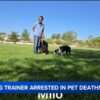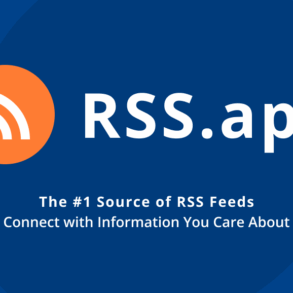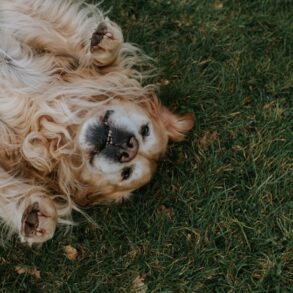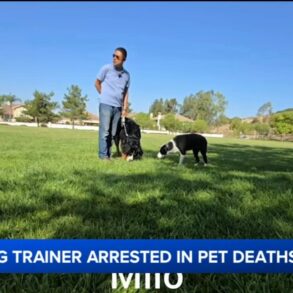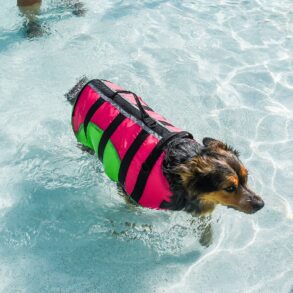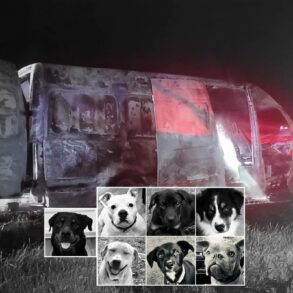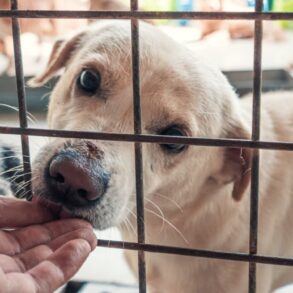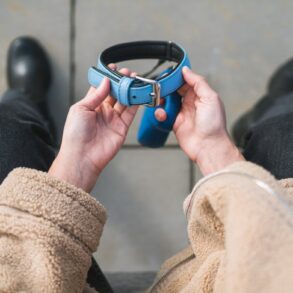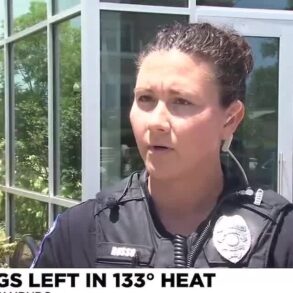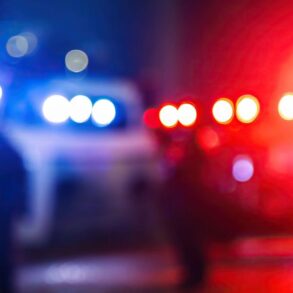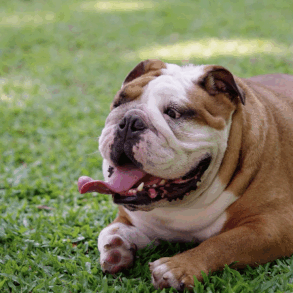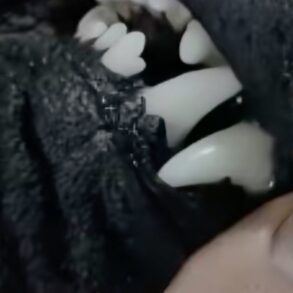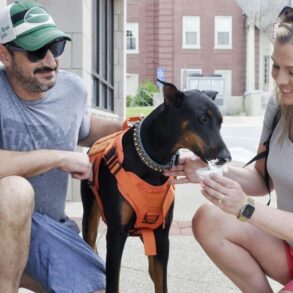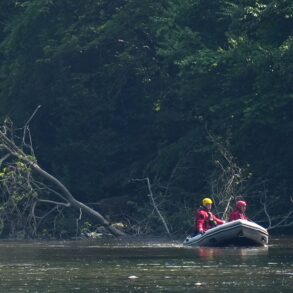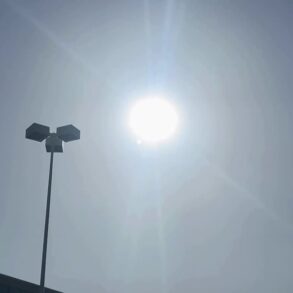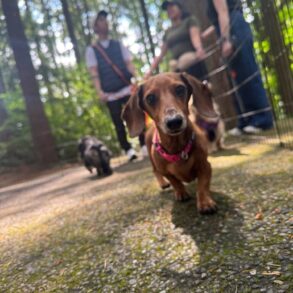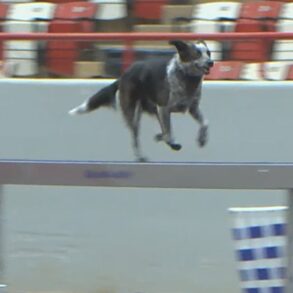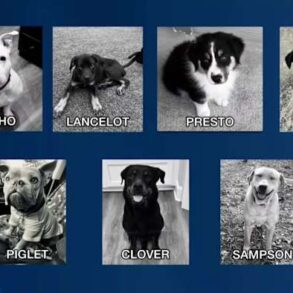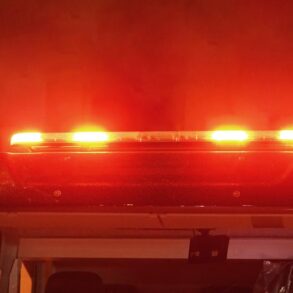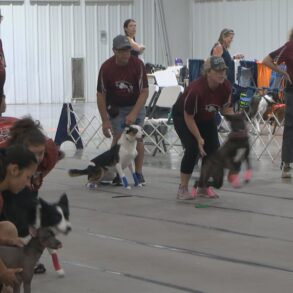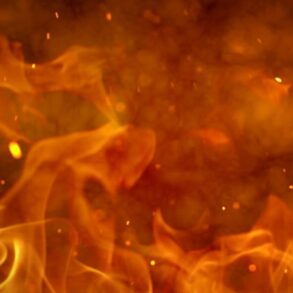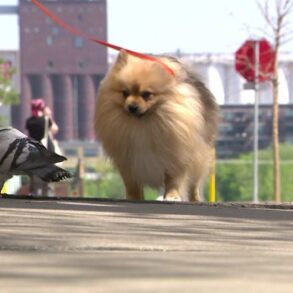Indifferent a generation ago toward suffering street dogs, Ukraine is now a dog-loving nation
KIEV, Ukraine––The outcome of Russian president Vladimir Putin’s war on Ukraine has yet to be determined, eleven years after Russian troops seized Crimea and more than three years after Russian tanks rolled into the Ukrainian mainland, but Ukrainian dogs––for the time being, at least––appear to have won a substantial societal status upgrade.
This was among the messages evidenced by the world premiere of the Ukrainian-German anthology film Animals in War on June 8, 2025 at the Tribeca Film Festival in New York City, but Animals in War, featuring U.S actor/director Sean Penn in one of seven anthology segments, is only the latest of many media reports delivering essentially the same message.
Another example is the War Tails documentary about homeless pets in Ukraine made by War Animals Relief Fund founders Tana Axtelle and Dan Fine, aired at the Global Peace Film Festival held in Winter Park, Florida, in September 2024.
“Invasion has made security of pets a national priority”
Explained Washington Post Ukraine bureau chief Siobhán O’Grady, with colleagues Kostiantyn Khudov and Serhiy Morgunov on May 28, 2025, “Russia’s invasion has made the security of pets a national priority. Families in front-line towns often flee Russian shelling with multiple pets in tow, and soldiers feed and care for those left behind.
“The lengths Ukrainian troops and volunteers have gone to rescue vulnerable dogs has spurred a massive cultural shift, transforming Ukraine — once criticized for its treatment of animals — into an extraordinarily dog-friendly country,” O’Grady, Khudov, and Morgunov assessed.
Dogs come to work
The Washington Post team credited former Ukrainian foreign minister Dmytro Kuleba with helping to spark the transition by allowing employees to bring their dogs to work in the immediate wake of the Russian invasion.
The presence of pet dogs––often howling in terror when left at home alone––became a stabilizing influence on the diplomatic workforce. The dogs’ ears also helped to alert workers to incoming rockets, bombs, and artillery.
“Kuleba resigned in 2024,” wrote O’Grady, Khudov, and Morgunov, “but the Foreign Ministry confirmed that his dog policy remains in place.
“Dogs are also now welcome inside most restaurants, cafes, beauty salons, grocery stores and hotels in major Ukrainian cities. They’re often greeted with water bowls and treats or, in some cases, their own menus.
“Changed how we as a nation are perceived”
“Ukrainians’ commitment to saving front-line animals ‘literally changed how we as a nation are perceived abroad,’ Kuleba said.”
For decades after Ukraine left the Russian-dominated Union of Soviet Socialist Republics in 1991, most and perhaps all media documentation about dogs in Ukraine focused on the brutality of the convict-staffed budka animal control system inherited from Communism, and before that from rule by czars.
The budkas, or dog pounds were expected to fund themselves through the sale of dogs, dog pelts, rendered remains, and reclaim fees amounting to bribes of varying amount paid by owners to recover impounded dogs before they were killed, skinned, and rendered.
Even after Ukraine left the Soviet Union, the budka system persisted, sustained by corruption and criminal violence.
Twenty years of change
Secondarily, pre-Putin’s war western media coverage of dogs in Ukraine mentioned endemic rabies and lack of spay/neuter service.
Twenty-odd years of growing Ukrainian animal advocacy and supporting investment from outside charities, notably Four Paws of Austria and Naturewatch of the United Kingdom, gradually brought the end of the budkas and widespread introduction of western-style animal sheltering, rescue, and improved access to affordable spay/neuter.
Outside perception of dogs’ status in Ukraine did not change, however, until the world began to see Ukrainian efforts of dogs’ behalf under fire.
 “Seven short films”
“Seven short films”
“Animals in War is a collection of seven short films, most of which are based on true events,” publicist Olga Pradid told ANIMALS 24-7. “Each story centers on the tragedy of animals whose lives have been changed by war. The anthology encompasses various genres and narrative styles, all united by a common theme — compassion.
“The anthology was developed over the course of two years by around 500 Ukrainian and international filmmakers,” Pradid continued. “The film was produced by Oleg Kokhan and Oleksiy Makukhin, while the opening episode was directed by Ukrainian filmmaker Myroslav Slaboshpytskyi.”
“One of the project’s partners,” Pradid mentioned, “is Save Pets of Ukraine, part of the international U-Hearts Foundation platform, founded in 2022 by Ukrainian pet food manufacturer Kormotech.
“The impact of war on animals often remains outside the focus of public attention,” Pradid wrote.
By the numbers
“Ukraine still only has official [animal] statistics for 2022,” the first year of the Russian invasion of the Ukrainian mainland.
“According to estimates by the Ministry of Agrarian Policy and Food,” Pradid summarized, around six million domestic animals died that year.
“Since then,” Pradid said, “according to a study by Save Pets of Ukraine and Kormotech, conducted in 2023, the number of animals in shelters and under the care of animal welfare volunteers has surged: by 20–30% in areas away from the front lines, by 60% among volunteers, and by 100% or more in shelters in frontline areas.
“In 2023 alone, nearly 26,000 dogs and 20,000 cats in Ukraine were under the care of shelters and volunteers — and those numbers have only continued to rise,” Pradid told ANIMALS 24-7.
“Save Pets of Ukraine has funded the rescue of animals from frontline regions and delivered 1,900 tons of food to shelters and volunteers caring for cats and dogs saved from combat zones,” Pradid said.
“The organization has also helped to find new homes for over 2,000 animals left without care due to the war,” Pradid said, “and has facilitated more than 21,000 vaccinations.”
Foreign help groups fade out
While Putin’s war may have helped public acceptance of dogs, it has not been good for animals otherwise, including thousands of dogs and cats who have become homeless; not only those aided by Save Pets of Ukraine and Kormotech, but also helped by dozens of other organizations, ranging from start-up “mom and pop” charities abroad, and of course the major international animal welfare charities, some of which were already involved in Ukraine to some extent.
Judging from websites about animal aid and rescue in Ukraine, many of which have not been updated in months or even years, both the big international charities and most of the foreign start-ups appear to have become inactive, after enthusiastic beginnings.
Ukrainians themselves step up
Donor fatigue set in as the war dragged on. Even the online scammers who converge on any well-publicized disaster are much less active now in response to animal needs in Ukraine.
Yet Ukrainians themselves have stepped up, concerned not only about the dogs and cats immediately in need of rescue, but also about whatever comes next.
Pradid mentioned “destruction of ecosystems: mined forests, polluted water bodies, and ravaged nature reserves, depriving animals of their natural habitats — and often, of any chance of survival.
Refuge animals
Iryna Skubii, the Mykola Zerov Fellow in Ukrainian Studies at the University of Melbourne School of Historical & Philosophical Studies in Australia, offered a similar perspective a year earlier via the July 24, 2024 edition of the academic online magazine The Conversation.
“There were approximately 5.5 million cats and 750,000 dogs in Ukraine before the war,” Skubii wrote. “Many have been killed or abandoned by their owners, causing the stray population to explode.
“In response, many organizations have launched efforts to help shelter and treat wounded animals.
“Although it is hard to provide an exact number of refugee animals, in 2022 alone, more than 10,000 animals are believed to have crossed the Ukrainian-Polish border. Some pets later came back to Ukraine with their owners, while others stayed in Europe or were moved further around the globe.
“Barns have become targets”
“The fate of livestock is much grimmer,” Skubii said. “Many barns, for example, have become direct targets of Russian army shelling and missiles.
“In March 2022, for example, the Russian army killed 100 cows and calves on a farm as they advanced in the Chernihiv region. Later that year, a missile strike killed 45 cows and injured a dozen and a half in another village in the region.
“Earlier this year (2024), a dairy industry figure estimated that some 200,000 cows in total had been killed.
“At a chicken factory in the Kherson region – then the biggest in Europe – four million chickens died when the feeding system was disabled due to the destruction of a nearby power station.”
Russians using donkeys
Incomplete as the available information about the effects on animals of Putin’s war is from Ukraine, far less is accessible from the Russian side.
The Times of London on February 10, 2025, six months ago, reported that “Putin’s forces, short of vehicles, are using donkeys to take ammunition and supplies to troops on the front line as the war with Ukraine nears the three-year mark.
“Viktor Sobolev, a retired general who is now a member of the Russian parliament’s defense committee, defended the use of the animals as a necessity,” The Times continued. “Russia is estimated to have lost about 20,000 pieces of military equipment since the start of its all-out invasion of Ukraine almost three years ago.”
“This is normal”
Said Sobolev, “There are currently great difficulties in providing units and divisions with ammunition, military supplies, as well as food. If some methods such as donkeys, horses, and so on are used to deliver ammunition and other supplies to the front line, this is normal. It is better for a donkey to be killed than two people transporting supplies in a vehicle.”
Acknowledged The Times, “It is unclear how widespread the use of donkeys is. However, Russian soldiers have been seen using horses, motorcycles, and even electric scooters to move around the front in recent months.”
The use of donkeys, mules, and horses in wartime, including in deep snow and mud where motor vehicles have bogged down, is actually nothing new or unusual.
Cat & mouse
However, added The Times, “Unconfirmed reports said that Russian troops had also begun using camels at the front,” which would have been highly unlikely in Russian and Ukrainian winter conditions.
“Russian and Ukrainian soldiers have also taken cats to trenches on the front line to deal with a plague of rats and other rodents,” The Times said.
This appears to have been first reported in late 2023.
According to Wiktoria Bielaszyna in a July 22, 2024 account for the Polish newspaper Gazeta Wyborcza, reposted in English in March 2025, “At the end of 2023, Ukrainian military intelligence reported on what they called ‘mouse fever’ on the Kupyansk front.
“Soldiers and others near the front lines were said to have suffered from it due to microparticles of mouse feces that they unknowingly ingested with food.”
At least four cats were then officially dispatched to the front to hunt the mice.
Please donate to support our work:
More related posts:
Discover more from Animals 24-7
Subscribe to get the latest posts sent to your email.
This post was originally published on this site be sure to check out more of their content.



